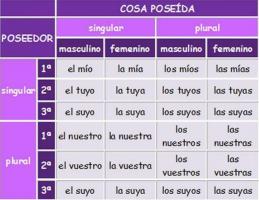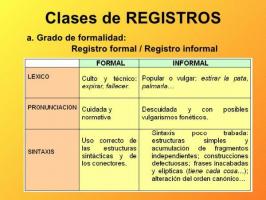Uses of se: the non-pronominal se
In this video I will explain the uses of se: the non-pronominal se.
SE NOT PRONOMINAL
•SE brand of impersonal reflects: Appears in sentences without subject, impersonal, in 3rd person delsg.
Eventual or occasional: Verbs in 3rd Pl. The subject is not named because it is unknown or does not interest, it is a sentence.
Generalized: In many books it is not cited due to possible confusion (perhaps, by context we could identify a subject). They are generic, they have been fossilized in the colloquial language as fixed structures.
Unipersonal: They are constructed with meteorological or atmospheric verbs (rain, snow, lightning, dawn, freeze, etc.) and in 3rd person singular.
•SE mark of passive reflects: Difference: has a subject. Structure se + active verb, 3rd person and patient subject.
Passive construction, that is, where from the verb we are told that the subject does not perform the action but suffers it.
In addition, on the web I have left you some printable exercises with their solutions so that you can practice what you learned in today's lesson.


![ADVERSATIVE connectors: definition, types and examples [with VIDEO!]](/f/e252071773aea1c66b053c70b375f3c1.jpg?width=300&height=200)
